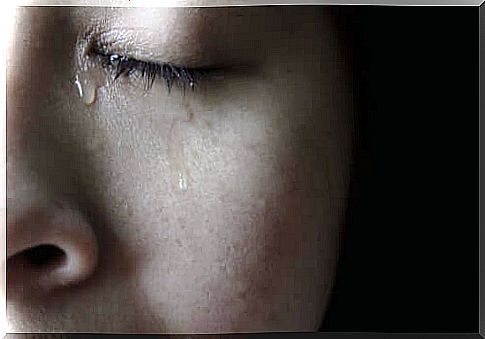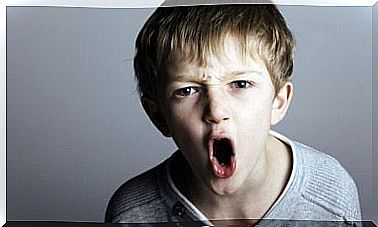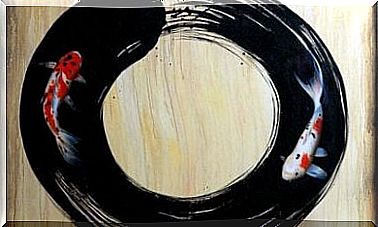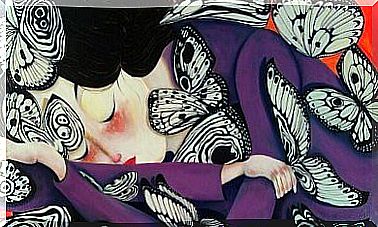Why Do We Cry With Joy?

Crying is usually associated with feelings of loss, sadness, disappointment or melancholy. Tears serve to express pain, frustration or anguish. Negative emotions, all of them. However, there are also situations in which we cry with joy, emotion, hope or relief. In them, we are moved by positive and pleasant feelings.
How is it possible for such a contradiction to occur? How can a negative expression relate to an internal state of fullness? In this article, you will discover the answer that various researches have provided for the existence of this curious phenomenon.

crossed emotions
We cry when we receive good news that we have been waiting for a long time, when someone opens their heart to us, or when we have a surprise. There are many occasions when a happy event leads us to react in this apparently contradictory way.
However, crying is not the only external expression involved in this type of event. We may feel like squeezing the cheeks of a child we think is very cute or biting (gently) the person we love. The opposite also happens. Sometimes, in the face of extreme sadness, we unintentionally release a smile or a nervous laugh.
They are automatic reactions and without any apparent logic. However, the association between positive emotions and negative expressions (and vice versa) plays an important role.
Why do we cry with joy?
restore balance
Oriana Aragón, a psychologist at Yale University, has carried out several researches on this topic. Using the name of “dimorphic expressions”, his studies analyze the presence of these manifestations that are incompatible with the feeling that the person is experiencing.
These are not states in which positive and negative emotion (mixed expressions) coexist. We speak of an emotion with a purely positive valence that adopts a “negative” expression to manifest itself. In the study carried out, positive stimuli were presented to the participants and their ways of reacting were analyzed.
The results showed that people who used negative reactions to express themselves were able to moderate the intensity of their emotions more easily. In other words, tears of joy are a way to restore balance in the face of an emotion that overflows. It is as if the negative expression compensates for the intensity of the positive emotion, achieving a balance.
The question that arises is: why limit or compensate for a feeling of fullness? Well, in the face of extreme joy, a person overflows with emotions and, thus, his ability to make decisions is overshadowed. Restoring emotional balance is necessary in order to continue functioning properly.
communicate
Tears of happiness are not just for the purpose of maintaining internal homeostasis; they are also an important form of communication. One study found that the response we give a person who expresses their joy by smiling or crying is significantly different. In the first case, we tend to join in the celebration and share the exaltation, with the aim of prolonging that person’s emotion.
However, in the face of tears of joy, we tend to react in ways that help the individual to regulate and lessen the level of emotional intensity he is feeling. In a more or less direct way, we perceive their emotional exaltation and act in accordance with the situation, contributing to its regulation.

We cry with joy, we bite with love
Many of the unexplained behaviors that we humans have seem to make sense in light of these findings. When we feel a positive emotion (whatever it is) of extreme magnitude, we are led to react in the opposite way to restore previous levels.
So when we see our partner, we can feel such a flood of love, hope, and gratitude that we feel the need to bite their arm, shoulder, or cheek. In this way, we were able to compensate, in some way, for this emotional flood.
So when you’re reacting aggressively or sadly to highly positive events, don’t be scared. It is a necessary and completely normal mechanism. Likewise, when you see someone crying with joy, know that the happiness they are feeling is such that it exceeds the most natural expression of emotion.
Tears do not reveal weakness or drama. On the contrary, they are a direct expression of a person’s great capacity to feel and the emotion that circumstances are bringing to his organism.









